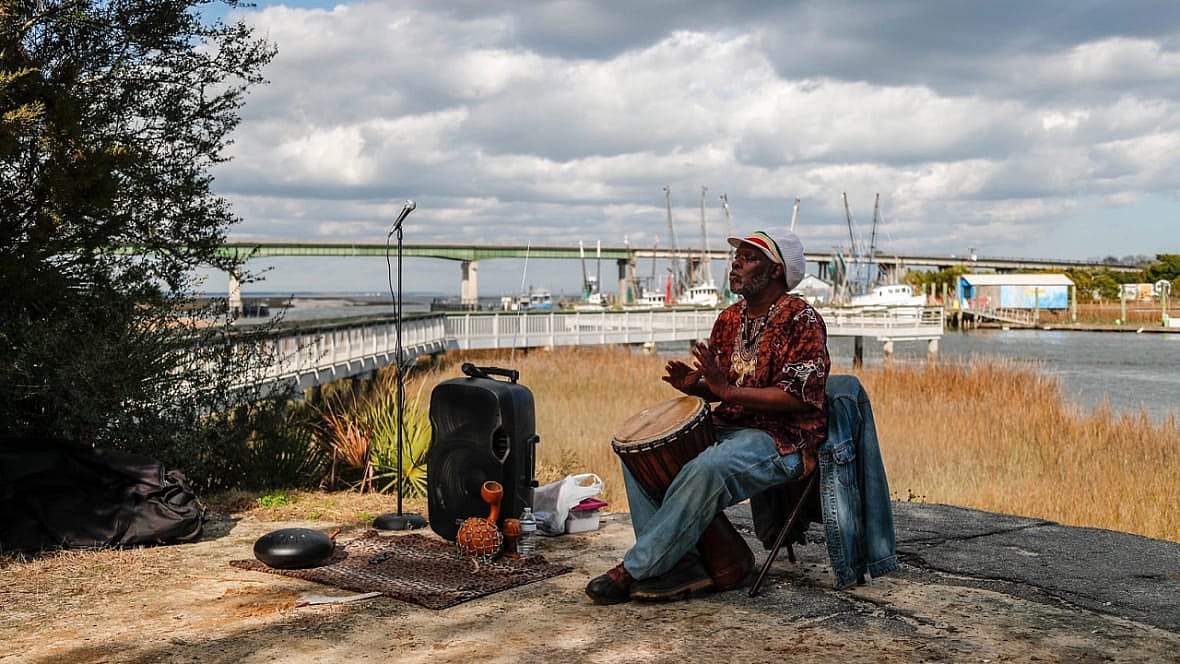There is a continued effort to document and memorialize the enslaved Africans interred near Lazaretto Creek in Georgia.
The Lazaretto Coalition and the TybeeMLK Human Rights Organization have asked the local, state, and federal governments to use ground-penetrating radar to find the descendants of those who constructed the Tybee, Cockspur, and Fort Pulaski Lighthouses, according to the Savannah Morning News.
“Lazaretto means quarantine, and we know that enslaved Africans were quarantined here at the Lazaretto,” said Julia Pearce, coordinator for the Tybee MLK, WTOC11 News previously reported.

There are estimates that 500 Africans lived in Georgia in 1751 when the trustees of the Colony of Georgia decided to lift the ban on slavery, Savannah Morning News reported.
In less than 30 years, thousands of Africans populated Georgia due to the European slave trade. By 1776, when the American Revolutionary War began, there were over 18,000 people.
Religious leaders engaged in the trade of enslaved people and used their influence to overturn the law against slavery. The Rev. George Whitefield, one of the founders of Methodism, asked Gen. James Oglethorpe to revoke Georgia’s ban on slavery.
Many enslaved people passed through Lazaretto, a 100-acre facility near Tybee Island used to store, quarantine and bury Africans abducted and later sold into slavery.
Graves were subsequently placed there for those who passed away while trying to flee slavery or from illnesses, frequently conditions they received from their captors.
The Tybee Lazaretto has the potential to reunite Americans with their extensive African diasporic ancestry.
“The history that is here on Tybee is not just local. It is national. It’s not just national, it is international,” said Pearce, according to WTOC. “We’re talking about a people that came across the water in the bellies of ships and helped build the nation.”
TheGrio is FREE on your TV via Apple TV, Amazon Fire, Roku and Android TV. Also, please download theGrio mobile apps today!

